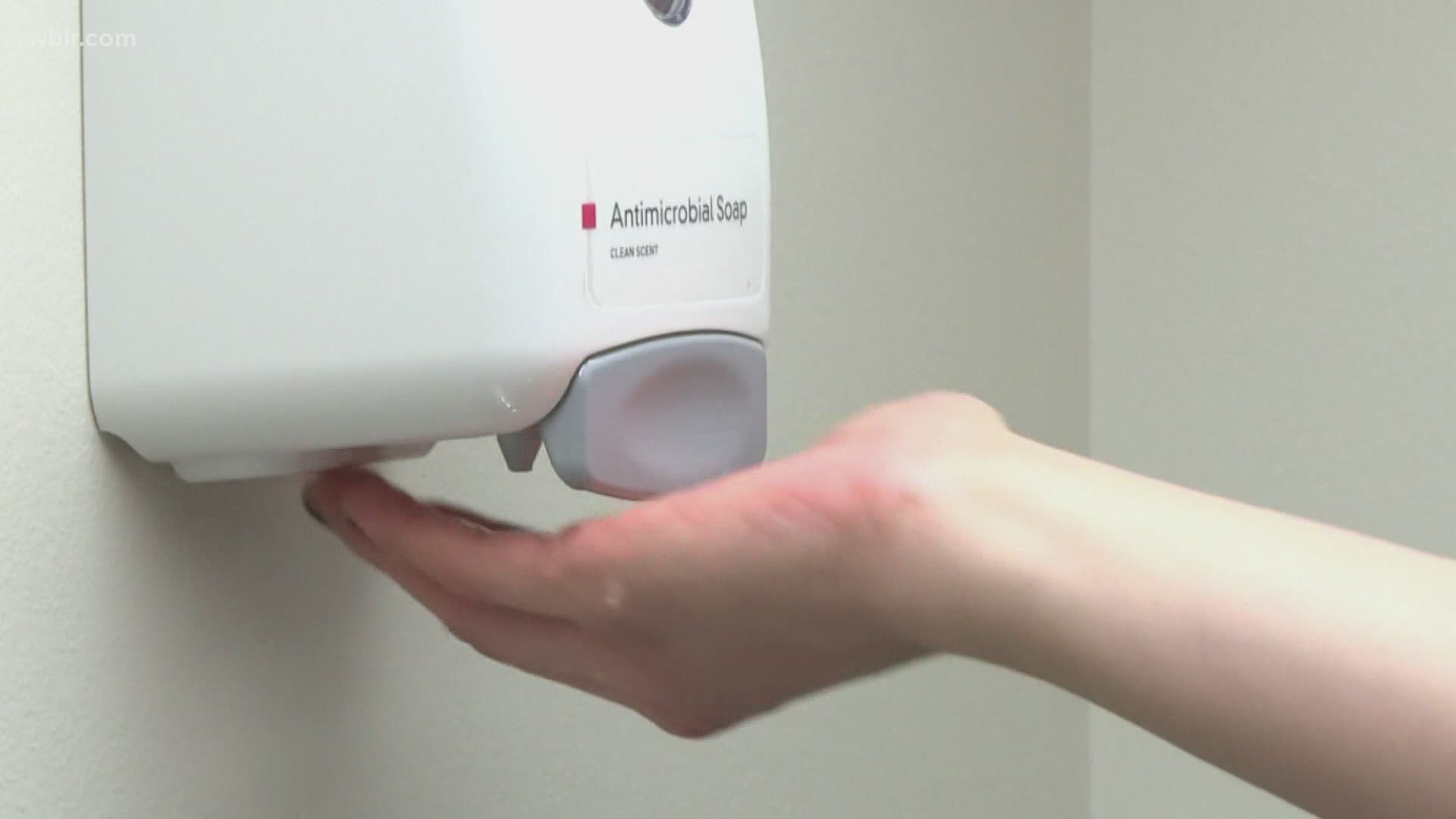KNOXVILLE, Tenn — In East Tennessee, some students have already returned to school. Some are learning virtually, while others are showing up in-person.
"Kids get meals within schools, they get health services. It's safety and supervision during the day," said Dr. Megan Collins, Co-Director of the Johns Hopkins Consortium for School-Based Health Solutions. "There are certainly a lot of compelling reasons why we want to get kids back to school when it is safe to do so."
Collins has been tracking school re-opening plans across the country. She said there are a lot of factors to consider before sending your kids to school.
"Number one, what is the what is the transmission rate in the local community?" she said. "Then the second thing for me is, what is the availability of testing, as well as tracing?"
The transmission rate in each community indicates whether the virus is spreading faster or slower. Public health capacity needs to be able to handle testing and tracing if there are positive cases in school.


"Those are sort of the external to the school factors," Collins said. "Internal to the school are considerations about resources and requirements."
While classrooms may typically hold 20-30 students, she said she doesn't feel that number is safe unless the classroom is large enough to allow for social distancing.
Face coverings, physical distancing and good hygiene will be essential to keeping students safe.
"We're going to have a fall like we've never had before," Collins said. "There's going to need to be agility. At one point in time, it may seem safe for schools to be open, but we're going to need to pivot quickly."
She said schools need to have the infrastructure in place for distance learning, in case the situation changes and community transmission rates surge.
"If it's particularly high, it's not safe," Collins said. "It's not safe for the children. It's particularly not safe for the adults in the schools either."
Collins said schools and local health officials need to be transparent about the decisions they're making to help parents understand what's going on.
"Parents at some point in time will be asked to send their children back to school. Teachers are being asked to be in the classroom," she said. "They need to know that everything is being done to minimize risk and that they feel they feel safe going into that environment."

